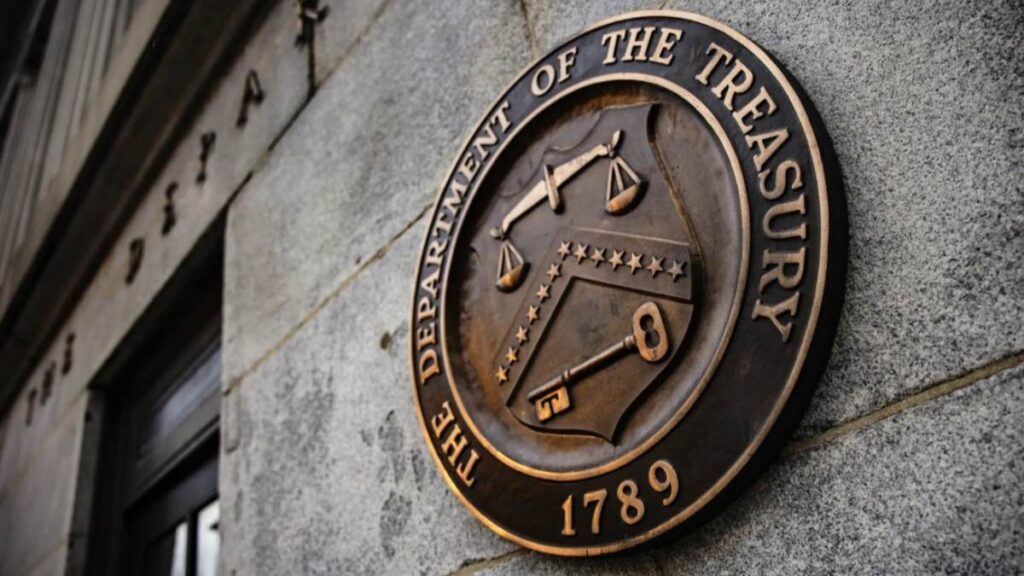TL;DR
- The U.S. Treasury completed a $142 million debt buyback targeting inflation-protected securities to ease fiscal pressures as total national debt nears $40 trillion.
- Prominent investors, including Ray Dalio, warned of an “economic heart attack” if deficits persist.
- Meanwhile, President Donald Trump and crypto advocates increasingly frame Bitcoin and digital assets as strategic tools to reduce dependence on the weakening U.S. dollar system.
The U.S. Treasury executed a $142 million debt buyback on November 13, focusing on Treasury Inflation-Protected Securities (TIPS) maturing between 2040 and 2055. The move was part of a broader $500 million authorization to manage the government’s swelling debt load. As Washington’s total liabilities approach $40 trillion, fiscal debates intensify over the long-term sustainability of the dollar-based system.
U.S. Treasury Debt Buyback and Fiscal Pressures
Economists note that the Treasury’s strategy aims to manage refinancing risks and control yields while avoiding excessive upward pressure on long-term interest rates. However, growing investor skepticism over U.S. fiscal policy has driven renewed attention to decentralized assets such as Bitcoin and Ethereum, viewed by many as digital hedges against government debt expansion.
Dalio and Analysts Warn of Structural Strain
Ray Dalio, founder of Bridgewater Associates, reiterated that the U.S. is “spending 40% more than it earns,” likening the fiscal situation to “plaque clogging the economic arteries.” He warned that without sharp deficit reductions, debt servicing could consume an unsustainable share of the federal budget within three years.
Dalio also criticized the Federal Reserve’s policy mix of quantitative easing and rate cuts, suggesting it risks “stimulating into a bubble.” Analysts agree that the U.S. faces the most significant debt-to-GDP imbalance since World War II, as both public and private liabilities surge.
Crypto Markets Respond to Fiscal Uncertainty
Crypto investors are closely tracking Treasury developments, interpreting the buyback as a sign of growing systemic fragility. Bitcoin briefly rose 2.3% following the announcement, while Ethereum and Solana also posted modest gains.

Supporters of digital assets argue that blockchain-based systems provide a transparent, non-inflationary alternative to fiat expansion. President Trump recently reinforced this stance, saying that crypto “takes pressure off the dollar,” while Senator Cynthia Lummis promotes a Strategic Bitcoin Reserve to stabilize national finances.
A Turning Point for Digital Asset Policy
As fiscal policy strains traditional markets, the perception of crypto as a financial stabilizer gains traction. While opinions remain divided, the intersection between U.S. debt management and crypto adoption could redefine monetary policy debates heading into 2026.











